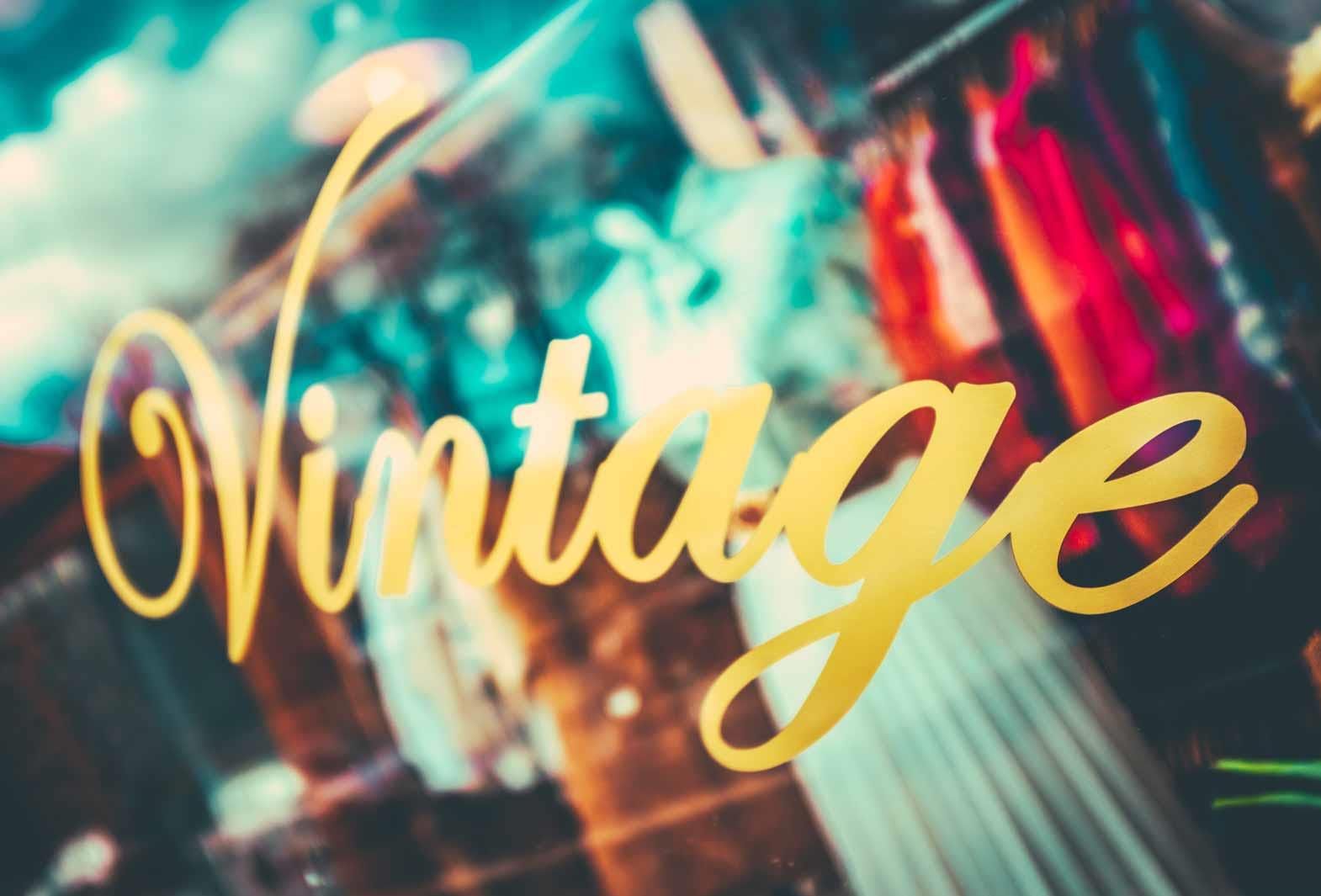How does one differentiate between vintage textiles and antique textiles? Anything considered antique must be more than a hundred years old, while vintage typically refers to items that are more than fifty years old. However, in contemporary contexts, items that are more than twenty years old may also be considered vintage. These standards make it easier to deal with buying or selling such fabrics. In the world of vintage textiles, provenance is of great importance. Provenance refers to the place, custody, or ownership history of a particular fabric.
Several factors can significantly increase the value of vintage textiles. A strong provenance is one aspect that can elevate the value of a vintage fabric, making it a sound investment. Documented provenance, such as a photograph of a renowned person wearing a garment, can add substantial value.
Vintage textiles that have stood the test of time and still appear visually appealing can also command higher prices. If vintage textiles like quilts and cushion covers can still be used, or in the case of vintage clothing, if it can be worn, this adds more value and can fetch a considerable sum when sold. Vintage clothing with original labels can also fetch substantial prices. A collector of vintage textiles should consider selling when there is a strong demand and market for their items, rather than based on personal convenience.
While vintage textiles may fetch high prices, storing and preserving them require meticulous care. Vintage textiles need protection from light, temperature fluctuations, humidity, and insects. Intense sunlight and artificial light sources can cause irreversible damage to vintage fabrics. Excessive light exposure can make fibers brittle and result in fading. Moisture and warmth can stain fabrics and attract moths and other insects. Fabrics like silk and wool, in particular, require storage in a moisture-free environment.
The condition of wearable vintage is categorized to make it comprehensive. Mint is the top most in the categories, also the rarest to find, because the condition of the garment is pristine and perfect. The next is the Near Mint, which are garments that have been used just once. Excellent, refers to clothes that are used occasionally. And gradually coming down to categories like, very good, good, and wearable, depending on their condition and wear and tear.
Vintage textiles can be found at textile galleries, museums, flea markets, garage sales, auctions, collectible fairs, and stores that specialize in it. Many fashion and textile archives display vintage textiles and clothing. Victoria and Albert Museum, Fashion and Textile Museum, and Foundation Pierre Berge Yves Saint Laurent are a few famous places where curated vintage collections can be found.
Auction houses like Christies and Sotheby's sell rare and the finest of vintage textiles. A black Givenchy dress worn by Audrey Hepburn in the movie Breakfast at Tiffany's fetched a bid of whopping 410.000 at an auction at Christies. Thrift stores and local markets have more affordable alternatives for these old textiles. Collectors, curators, and dealers are closely involved and posses good knowledge of vintage textiles.
Vintage textiles are considered a good investment. Collecting vintage textiles and clothing has been considered to be associated with prestige and social status. However, the scenario is changing, and owning a vintage garment or a heritage rug, no more costs an arm and a leg, with the advent of internet. EBay and Etsy are exploring the emerging markets as buyers get more aware of vintage textiles.
Vintage clothing in particular has become increasingly popular and trendy. There is a wide variety available from collectible haute couture to second-hand chic. Many buyers and sellers of vintage textiles are also considering the option of upcycling and re-using vintage fabrics by either blending them with new, like using old embroideries and laces, or altering them to create new designs.
This has given rise to a new fad of vintage inspired clothing. This new wave makes use of vintage prints and colors in clothing and household textiles. These are a convenient, affordable, and wearable ways of adding a dash of vintage look in one's wardrobe or a pinch of vintage style in one's house.
References:
1. Atelier-mayer.com
2. Ritchie.ext.wvu.edu
3. Vintagetextile.com
4. Ianrpubs.unl.edu








Comments